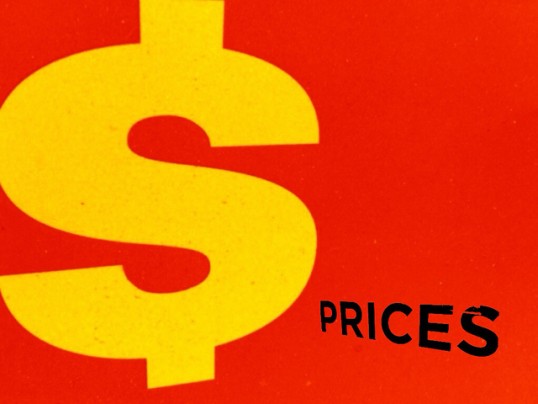Rising home prices are often seen as a sign that the housing market is healthy and doing well. But, according to Trulia’s latest Price and Rent Monitor, just because an area is experiencing sharp price increases doesn’t mean it’s fully recovered. For example, the five metropolitan areas that have seen the largest price gains over the past year, are all significantly below normal levels when looking at construction activity and building permits. On the other hand, metro areas that didn’t suffer large price declines during the recession – and, therefore, have had relatively small price increases since – are experiencing a residential construction boom. The takeaway, according to Trulia’s chief economist Jed Kolko, is that the housing recovery is going to require more than just increasing home values before it’s truly rebounded from the financial crisis. While the overall trend is positive, the particulars of each local market require a deeper look. Also in the report, home prices experienced their smallest year-over-year increase in 11 months, though they’re up 2.8 percent quarter-over-quarter. More here.
Tag Archive for metro areas
Buying More Affordable Than Rent In 100 Largest Metros
Though mortgage rates rose in 2013, they are still well below historical norms. And, according to a new report from Trulia, historically low rates mean buying a home is still cheaper than renting in the 100 largest housing markets across the country. Even with last year’s price increases, mortgage rates would have to hit 10.6 percent before renting a home was more affordable than buying one. Jed Kolko, Trulia’s chief economist, said today’s mortgage rates would be the envy of buyers from the 1980s, ’90s, and 2000s. But Kolko also warns buyers that, in many markets, the rent-vs-buy decision depends on what happens to prices after you buy. Sharp price appreciation could make homeownership essentially free, Kolko said. But, on the other hand, price decreases could mean renting, in retrospect, would’ve been the better deal. Still, when Trulia calculated the cost of renting vs. buying assuming that prices will rise or fall as they did during each market’s worst seven-year period, buying remained more affordable than rent in all but 37 of 100 metro areas. More here.
Smaller Metros Leading The Housing Recovery
Nationwide, housing and economic activity is 86 percent back to normal, based on current permits, prices, and employment data. In fact, more than 35 percent of all markets tracked by The National Association of Home Builders Leading Market Index are operating at 90 percent or better of their previous normal. The index tracks 350 metro areas across the country and identifies those that are now approaching or exceeding their previous norms. According to the most recent release, 56 out of those 350 have returned to or surpassed their normal levels of economic and housing activity. And nearly half of the improved markets are areas with populations less than 500,000. David Crowe, NAHB’s chief economist, said 45 percent of metro areas are recovering at a faster pace than the nation as a whole, with smaller markets leading the way. The results are a good sign that the housing recovery’s progress will continue in 2014. More here.
Small Counties Fared Better Following Recession
The Census Bureau’s American Community Survey collects a wide range of important statistics about communities across the country. A recent housing brief released by the Bureau – which used the survey to focus on homeownership rates and home values across the country – found that small counties fared better following the recession as compared to larger counties. Among the 50 largest metro areas, median home values fell in 43 of them and 49 out of 50 saw declining homeownership rates after the most recent recession. Among counties with populations between 20,000 and 65,000, on the other hand, 66.9 percent had median home values that were not statistically different from pre-recession levels. Nationally, the homeownership rate declined by 1.7 percent between 2010 and 2012. Washington D.C. had the lowest rate at 41.6 percent while West Virginia had the highest with 72.9 percent. More here and here.
Number of Improving Housing Markets Hits Record High
The number of improving housing markets across the country has reached a record high, according to the National Association of Home Builders’ Improving Markets Index. The index determines improvement based on each metropolitan areas’ low point in housing permits, employment, and house prices. They are added to the index after showing six consecutive months of improvement in all three categories. September’s results found 291 metro areas that qualified as improving housing markets, up 44 from August. Rick Judson, NAHB’s chairman, said over 80 percent of the 361 metros tracked by the index are showing consistent growth, which is an excellent indicator of how the housing recovery has begun to take hold across the country. More here.





